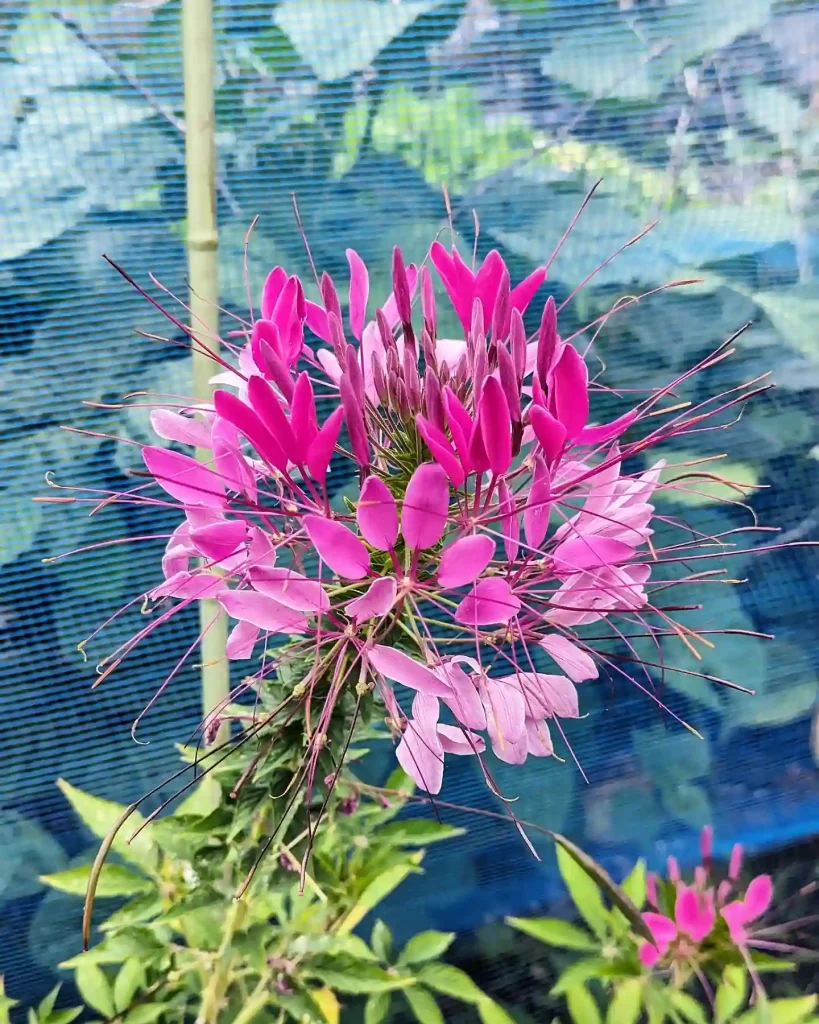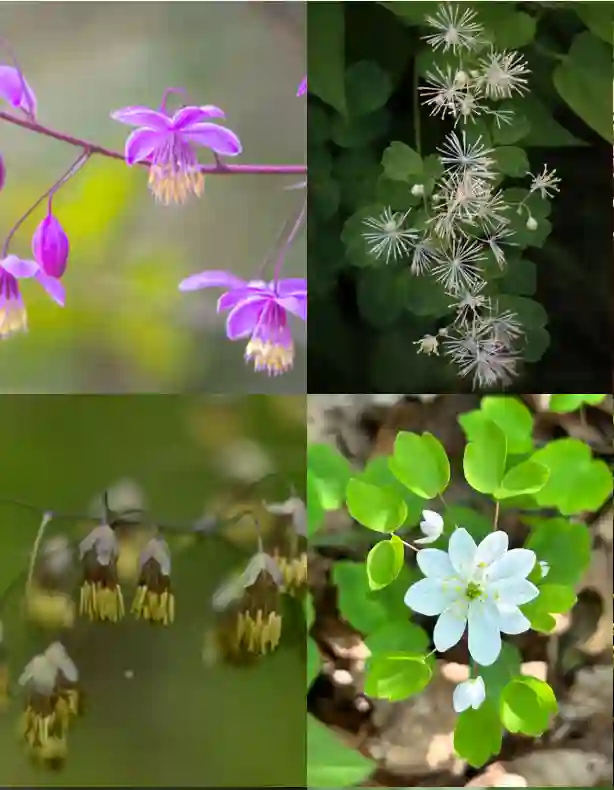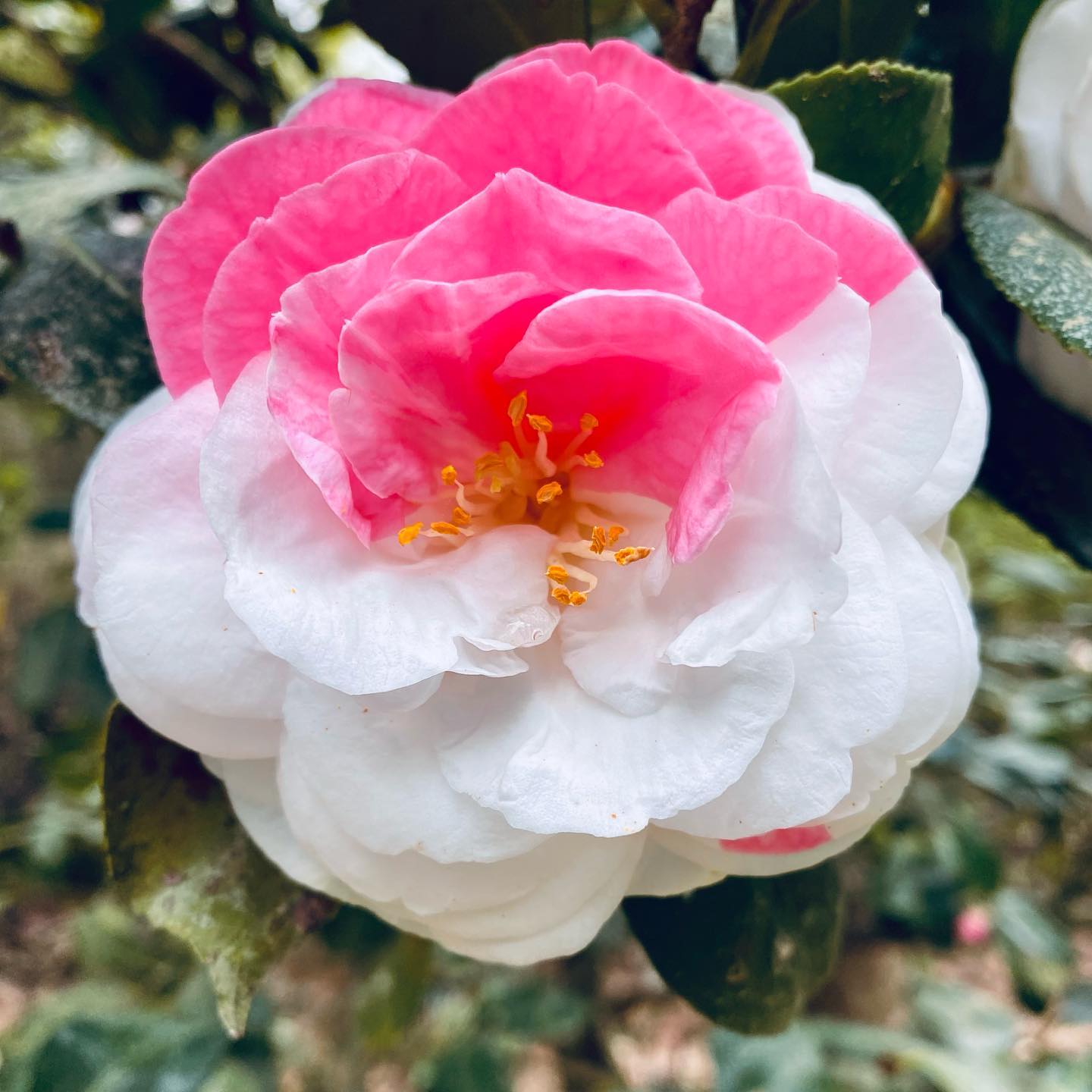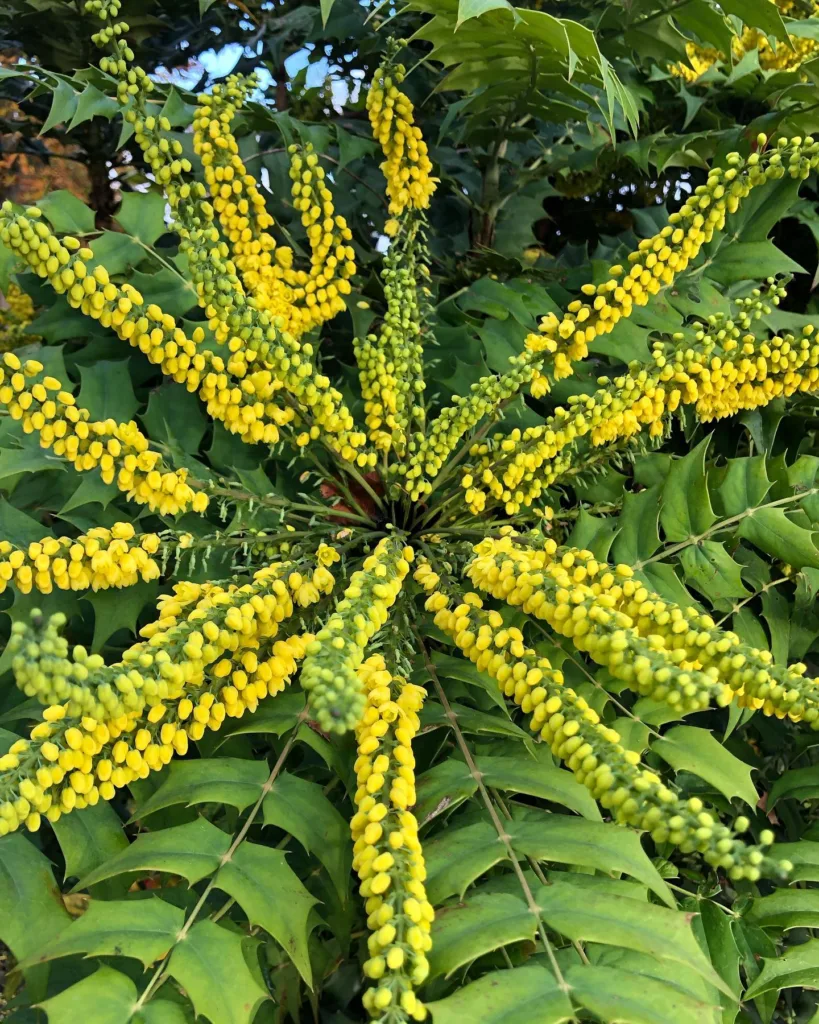Exploring the Beauty of the Genus Eustoma and Eustoma exaltatum
The Eustoma genus, with its striking blooms and unique growth habits, has a special allure that captures the heart of every flower enthusiast, including myself. Within this genus, Eustoma exaltatum stands out not only for its remarkable aesthetics but also for its adaptability to various growing conditions. Let’s take a closer look at the beauty and character of Eustoma, diving into what makes Eustoma exaltatum a unique species worthy of appreciation.
The Eustoma Genus: An Overview
The Eustoma genus, commonly referred to as Lisianthus, belongs to the Gentianaceae family. This genus encompasses only a few species, yet each one displays a wide range of colors and forms. Originating from the warmer regions of North and South America, Eustoma species are typically found in meadows, grasslands, and prairies, thriving in environments where soil drains well and sunlight is ample. These conditions shape their resilience, making Eustoma flowers exceptionally versatile and durable in gardens.
Lisianthus flowers have a striking resemblance to roses, which might be why they’re often called “prairie gentians” or “poor man’s roses.” Their petals are soft yet vibrant, offering an array of colors from deep purples and blues to pastel pinks, whites, and yellows. The upright stems give them an elegant look, while their delicate petals provide a romantic touch, making them a popular choice for bouquets and flower arrangements. Eustoma has evolved to meet the needs of both garden enthusiasts and florists alike, offering a resilient beauty that continues to captivate.
Getting Acquainted with Eustoma exaltatum
Among the species within the Eustoma genus, Eustoma exaltatum (sometimes referred to as the “Texas bluebell”) holds a special place. Unlike its cultivated cousin, Eustoma grandiflorum, which is often seen in commercial floral arrangements, Eustoma exaltatum retains a wild beauty that’s hard to replicate. Native to the southern United States, Mexico, and Central America, Eustoma exaltatum is a hardy plant adapted to the unique climates of these regions.
This species often appears in coastal prairies, saline habitats, and sometimes even along roadside ditches. Despite its rugged origins, Eustoma exaltatum is an elegant plant, producing flowers in shades of blue, purple, and occasionally pink or white. Its stems grow tall and slender, giving the blooms an ethereal, floating appearance in the breeze. Observing them in their natural habitat, you can appreciate their quiet resilience and subtle grace, which makes cultivating them in a garden a delightful endeavor.
Cultivation and Care of Eustoma exaltatum
Growing Eustoma exaltatum requires a bit of attention to mimic its natural environment, but the effort is well worth it. Here are some essentials for nurturing this beautiful species:
1. Sunlight and Soil
Eustoma exaltatum thrives in full sun to partial shade, preferring well-drained soil with a slightly alkaline to neutral pH. Its natural habitats are often saline, which may make it suitable for slightly saline soils. If you have a garden that leans towards clay, adding sand or perlite can improve drainage, creating a more favorable environment for your Eustoma exaltatum plants.
2. Watering Needs
While they are resilient in the wild, cultivated Eustoma exaltatum plants need regular watering to establish strong roots. Once established, they can tolerate moderate drought, although consistent moisture helps produce larger and more vibrant blooms. I’ve found that watering in the early morning prevents any standing moisture on the foliage overnight, reducing the risk of fungal diseases.
3. Fertilization and Maintenance
A balanced fertilizer applied every few weeks during the growing season will enhance bloom production. Pruning spent flowers encourages continued blooming, allowing Eustoma exaltatum to showcase its beauty all season long. Although it’s generally a low-maintenance plant, trimming any yellowing leaves keeps the plant looking fresh and reduces potential pest problems.
The Appeal of Eustoma exaltatum in Landscape Design
Whether planted in containers, garden beds, or even as a border plant, Eustoma exaltatum has a unique charm. Its tall, slender stems and colorful flowers add a vertical element that complements shorter plants, while its blooms draw in pollinators such as bees and butterflies. I’ve experimented with pairing it alongside native grasses, which accentuates its delicate blooms against a backdrop of texture. In mixed arrangements, Eustoma exaltatum brings a wild touch that’s both refreshing and visually captivating.
In flower beds, Eustoma exaltatum can become a focal point with its vivid hues, drawing the eye and enhancing the overall visual appeal of the space. As it grows, this species maintains a naturalistic look that integrates well with other prairie-style plants or even in a cottage garden setting.
Ecological Significance and Conservation
Aside from its beauty, Eustoma exaltatum plays an important role in its native ecosystems. It contributes to local biodiversity by supporting various pollinators. With the decline of many native plants due to habitat loss and changes in land use, cultivating native species like Eustoma exaltatum is a small way to promote conservation efforts and support local wildlife. I find that growing native plants offers a deeper connection to the environment, fostering a sense of responsibility toward preserving natural habitats.
Final Thoughts: Why I Love Eustoma exaltatum
There’s something truly special about Eustoma exaltatum. Its wild origins and adaptability make it a testament to nature’s resilience and beauty. Watching these flowers grow and bloom, I’m reminded of the landscapes they hail from—open prairies, sunlit fields, and saline plains. Eustoma exaltatum brings that wild beauty to my garden, offering an authentic connection to the natural world.
For anyone seeking a plant that offers both aesthetic appeal and ecological value, Eustoma exaltatum is a fantastic choice. It requires just enough care to keep me engaged without being overly demanding, and the payoff is a display of delicate, colorful blooms that elevate any space they inhabit. Eustoma exaltatum isn’t just a plant in my garden; it’s a reminder of the beauty that thrives when resilience meets elegance.
If i die, water my plants!



